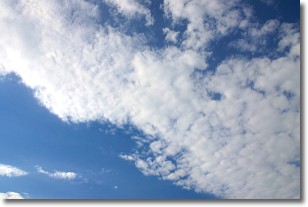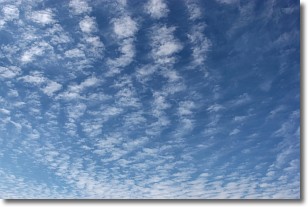Weather Alert in New Mexico
Flash Flood Warning issued August 26 at 1:17PM MDT until August 26 at 4:15PM MDT by NWS Albuquerque NM
AREAS AFFECTED: Lincoln, NM
DESCRIPTION: FFWABQ The National Weather Service in Albuquerque has issued a * Flash Flood Warning for... The Blue 2, South Fork and McBride burn scars in... Southeastern Lincoln County in central New Mexico... * Until 415 PM MDT. * At 117 PM MDT, gauge reports indicated thunderstorms producing heavy rain over the Blue 2, South Fork and McBride burn scars. Between 0.25 and 1 inch of rain has fallen. The expected rainfall rate is 0.25 to 2 inches in 1 hour. Flash flooding is already occurring. Excessive rainfall over the burn scar will impact the Rio Bonito, Eagle Creek, Cedar Creek and Rio Ruidoso drainages and potentially downstream along the Rio Hondo. Impacts will include but are not limited to all nearby reservoirs, bridges, culverts and roadways associated with these drainages, especially at those points where streams merge. Vulnerable properties in low lying areas are especially at risk. The debris flow can consist of rock, mud, vegetation and other loose materials. HAZARD...Life threatening flash flooding. Thunderstorms producing flash flooding in and around the Blue 2, South Fork, McBride and Salt burn scars. SOURCE...Gauges reported. IMPACT...Life threatening flash flooding of areas in and around the Blue 2, South Fork, McBride and Salt burn scars. * Some locations that will experience flash flooding include... Ruidoso, Lincoln, Ruidoso Downs, Fort Stanton, Glencoe, Alto, Lincoln State Monument, San Patricio, Bonito Lake and Hondo. This includes Highway 380 between Mile Markers 91 and 107.
INSTRUCTION: This is a life threatening situation. Heavy rainfall will cause extensive and severe flash flooding of creeks, streams and ditches in the Blue 2, South Fork, McBride and Salt burn scars. Severe debris flows can also be anticipated across roads. Roads and driveways may be washed away in places. If you encounter flood waters, climb to safety.
Want more detail? Get the Complete 7 Day and Night Detailed Forecast!
Current U.S. National Radar--Current
The Current National Weather Radar is shown below with a UTC Time (subtract 5 hours from UTC to get Eastern Time).

National Weather Forecast--Current
The Current National Weather Forecast and National Weather Map are shown below.

National Weather Forecast for Tomorrow
Tomorrow National Weather Forecast and Tomorrow National Weather Map are show below.

North America Water Vapor (Moisture)
This map shows recent moisture content over North America. Bright and colored areas show high moisture (ie, clouds); brown indicates very little moisture present; black indicates no moisture.

Weather Topic: What are Altocumulus Clouds?
Home - Education - Cloud Types - Altocumulus Clouds
 Next Topic: Altostratus Clouds
Next Topic: Altostratus Clouds
Similar to cirrocumulus clouds, altocumulus clouds are
characterized by cloud patches. They are distinguished by larger cloudlets
than cirrocumulus clouds but are still smaller than stratocumulus clouds.
Altocumulus clouds most commonly form in middle altitudes (between 2 and 5 km)
and may resemble, at times, the shape of a flying saucer.
These uncommon formations, called altocumulus lenticularis, are created by uplift
in the atmosphere and are most often seen in close proximity to mountains.
Next Topic: Altostratus Clouds
Weather Topic: What are Cirrocumulus Clouds?
Home - Education - Cloud Types - Cirrocumulus Clouds
 Next Topic: Cirrostratus Clouds
Next Topic: Cirrostratus Clouds
Cirrocumulus clouds form at high altitudes (usually around 5 km)
and have distinguishing characteristics displayed in a fine layer of
small cloud patches. These small cloud patches are sometimes referred to as
"cloudlets" in relation to the whole cloud formation.
Cirrocumulus clouds are formed from ice crystals and water droplets. Often, the
water droplets in the cloud freeze into ice crystals and the cloud becomes a
cirrostratus cloud. Because of this common occurrence, cirrocumulus cloud
formations generally pass rapidly.
Next Topic: Cirrostratus Clouds
Current conditions powered by WeatherAPI.com




